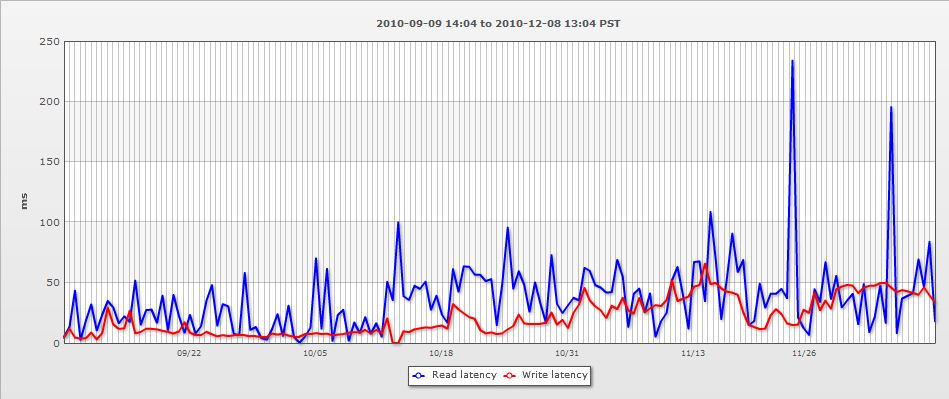LogicMonitor and MSP Monitoring


Proactively manage modern hybrid environments with predictive insights, intelligent automation, and full-stack observability.
Explore solutionsExplore our resource library for IT pros. Get expert guides, observability strategies, and real-world insights to power smarter, AI-driven operations.
Explore resourcesOur observability platform proactively delivers the insights and automation CIOs need to accelerate innovation.
About LogicMonitor
At LogicMonitor, we know datacenter monitoring. We know it because we’ve lived it – I’ve been that guy responsible for making sure that a 24 x 7 x 365 web service was up. Most of our technical staff also came from a SaaS and web ops background (with lots of work in corporate IT worlds, too).
Recently, however, we’ve had quite a few managed service providers adopting LogicMonitor for their monitoring needs. Which makes a lot of sense. An MSP is just as dependent on the uptime, performance and troublefree operation of their datacenter equipment as any web based company. They also need to take advantage of efficiencies to scale the amount of systems they manage without increasing headcount (or free up headcount that was being used to deal with time consuming monitoring to more strategic tasks that build on their core competency.) LogicMonitor lets MSPs do this just like datacenters – without having to spend lots of time to make sure their monitoring is comprehensive.
MSPs are also using LogicMonitor features in ways we didn’t foresee – using role based access control to grant individual customers visibility to see just their own hosts, virtual machines and dashboards – even though the MSP may have hundreds of customers in their LogicMonitor account. Using LogicMonitor’s automated, scheduled reporting to deliver SLA reports directly to their customers.
It makes sense from a business perspective, too. Obviously Logicmonitor’s MSP monitoring helps Managed Service Providers scale their internal operations, and deliver better service, without adding headcount. But given that few MSPs are purely delivering managed services from their own infrastructure, it also means that LogicMonitor enables them to:

So the MSP get’s not only improved operations and efficiency internally, they can provide the same benefits to their customers; gain revenue from doing so (either by reselling or referral), and open up additional revenue opportunities for themselves in consulting, NOC response, and hardware sales.
Wins all around.
© LogicMonitor 2025 | All rights reserved. | All trademarks, trade names, service marks, and logos referenced herein belong to their respective companies.
